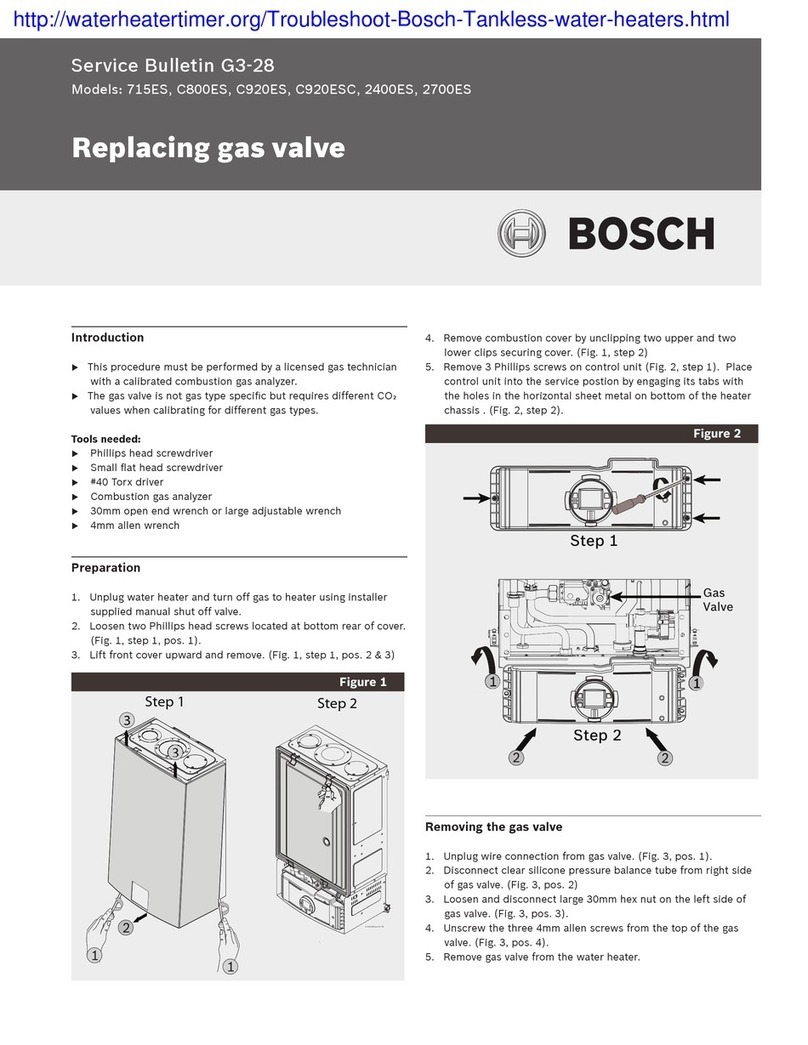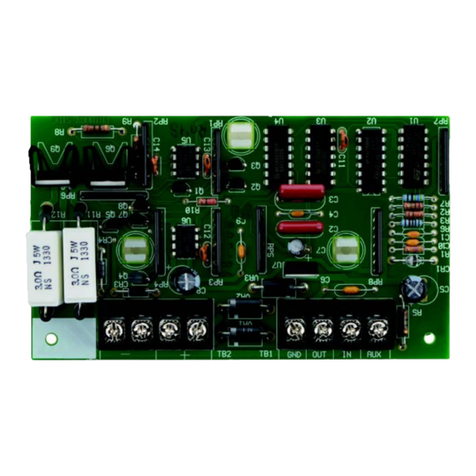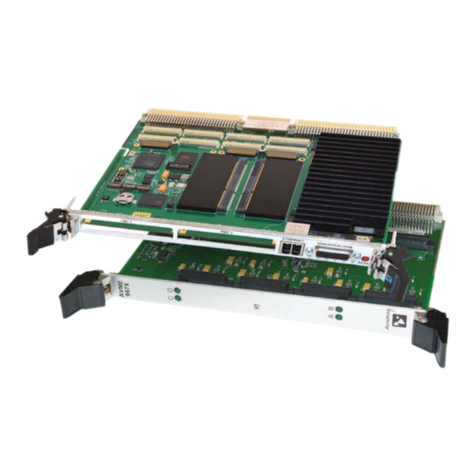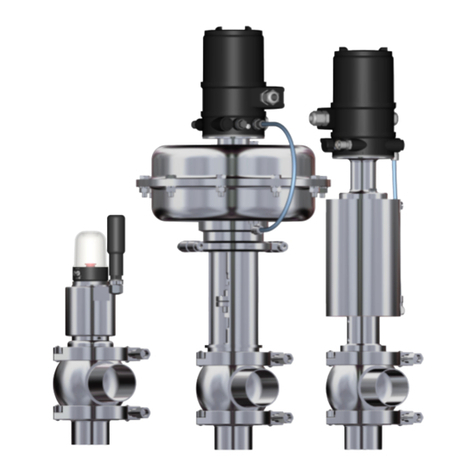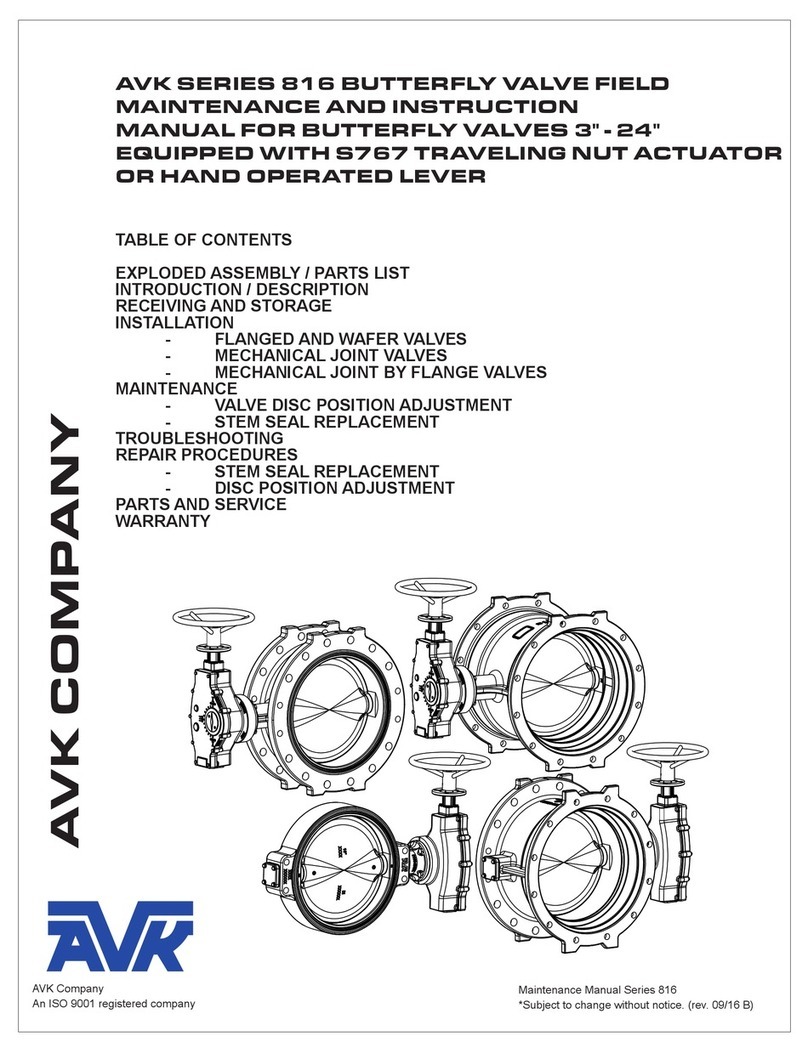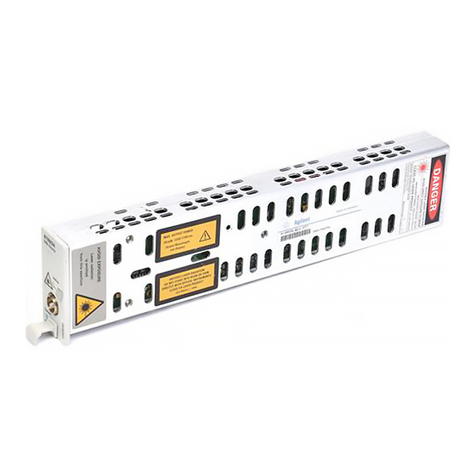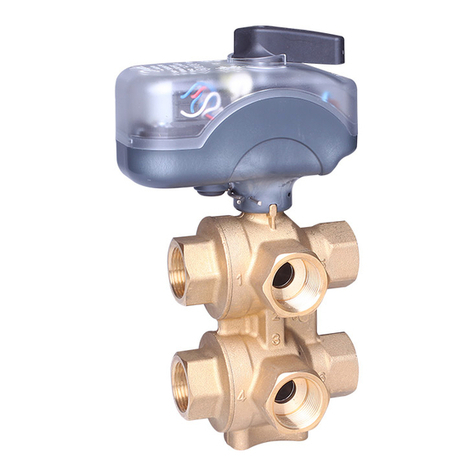Bosch Rexroth M SED 10 XN Series User manual



















Table of contents
Other Bosch Control Unit manuals
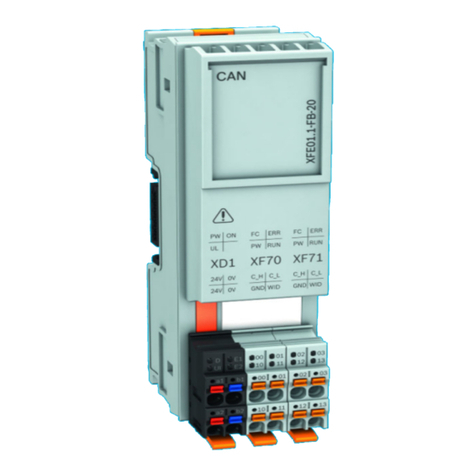
Bosch
Bosch Rexroth IndraControl XFE 01.1 Series User manual
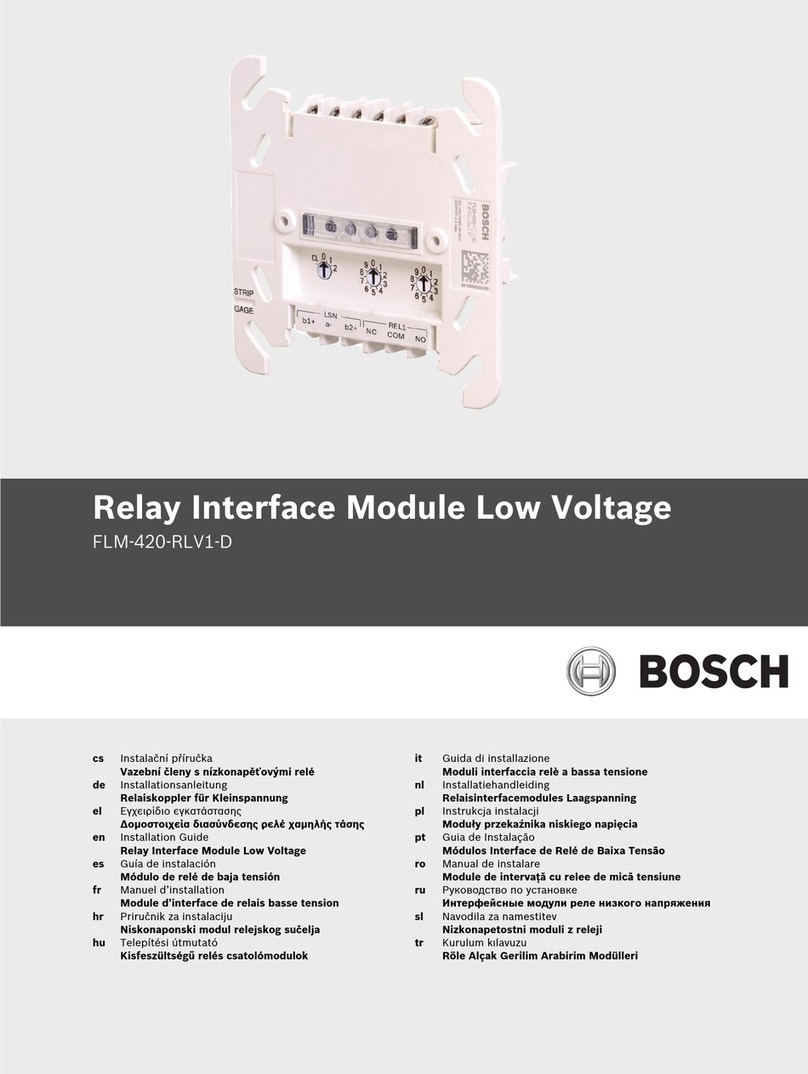
Bosch
Bosch FLM-420-RLV1-D Troubleshooting guide

Bosch
Bosch POPEX B299 User manual
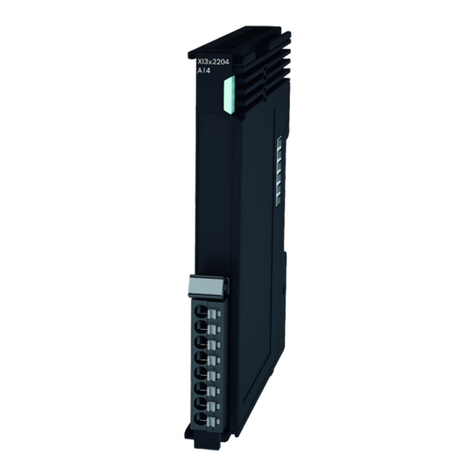
Bosch
Bosch Rexroth ctrlX I/O XI322204 User manual
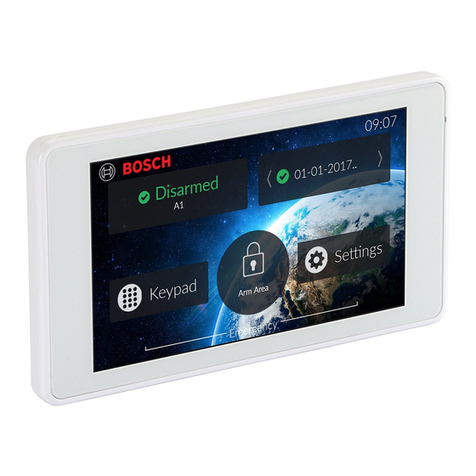
Bosch
Bosch TouchOne User manual
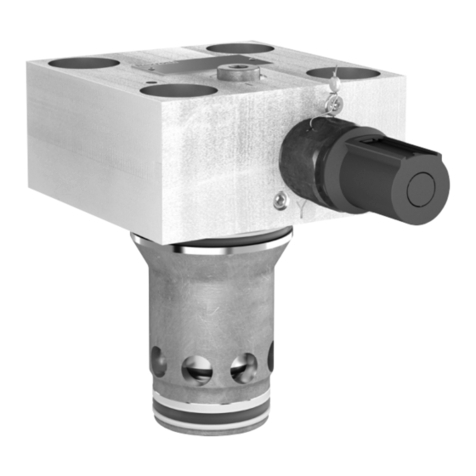
Bosch
Bosch Rexroth LFA DB Series User manual
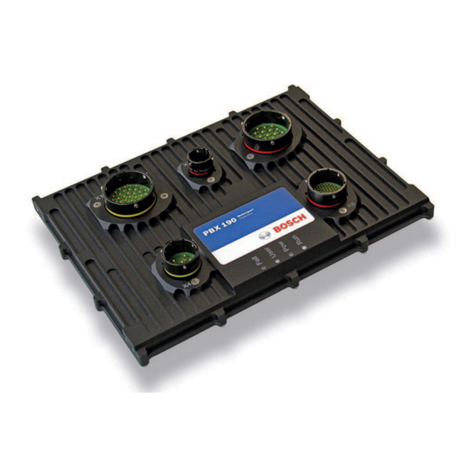
Bosch
Bosch PowerBox PBX 190 User manual

Bosch
Bosch FM441/CMM 910 User manual
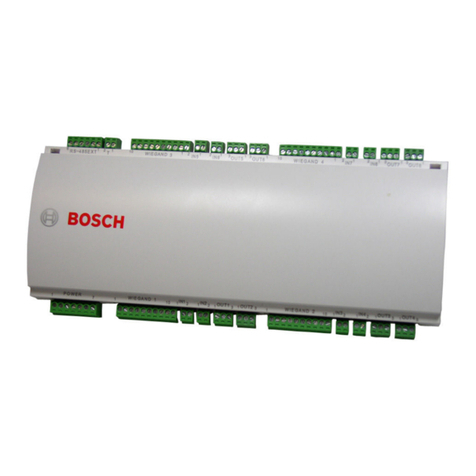
Bosch
Bosch AMC2 4W-EXT User manual
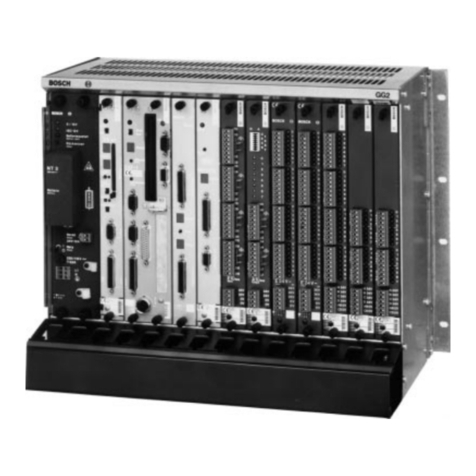
Bosch
Bosch CL400 User manual
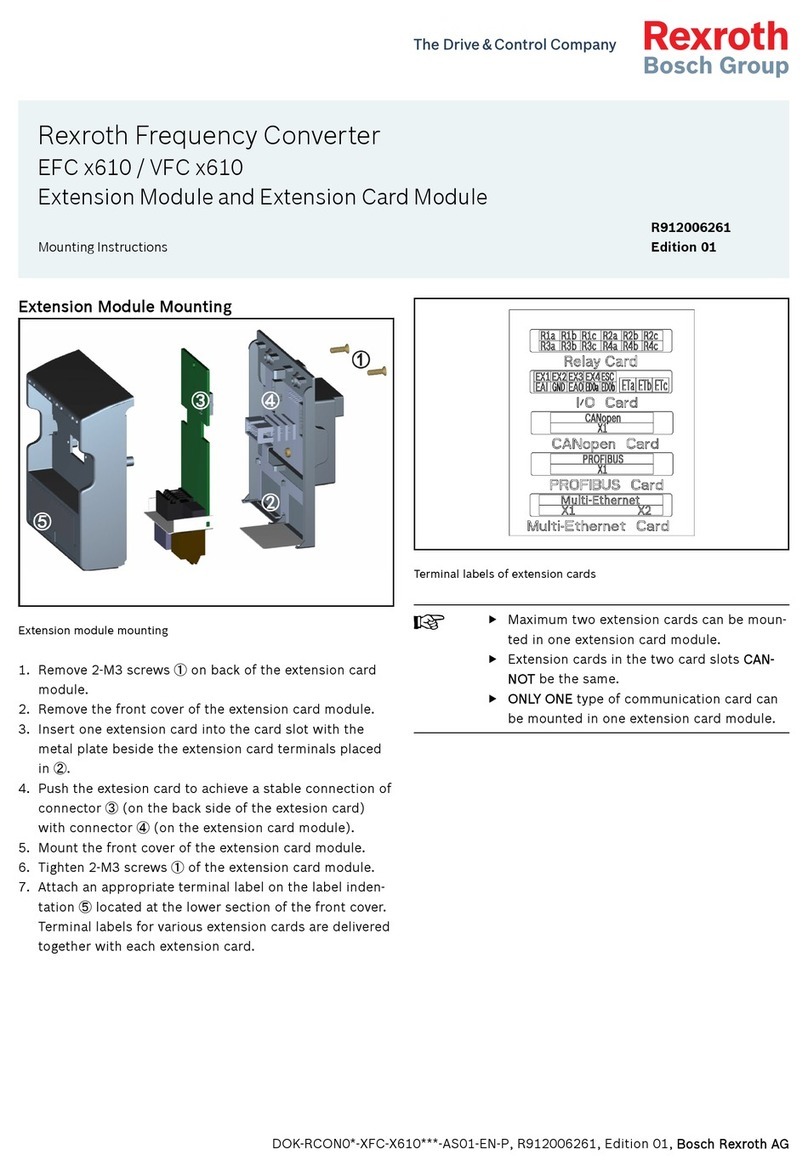
Bosch
Bosch REXROTH EFC 610 Series User manual
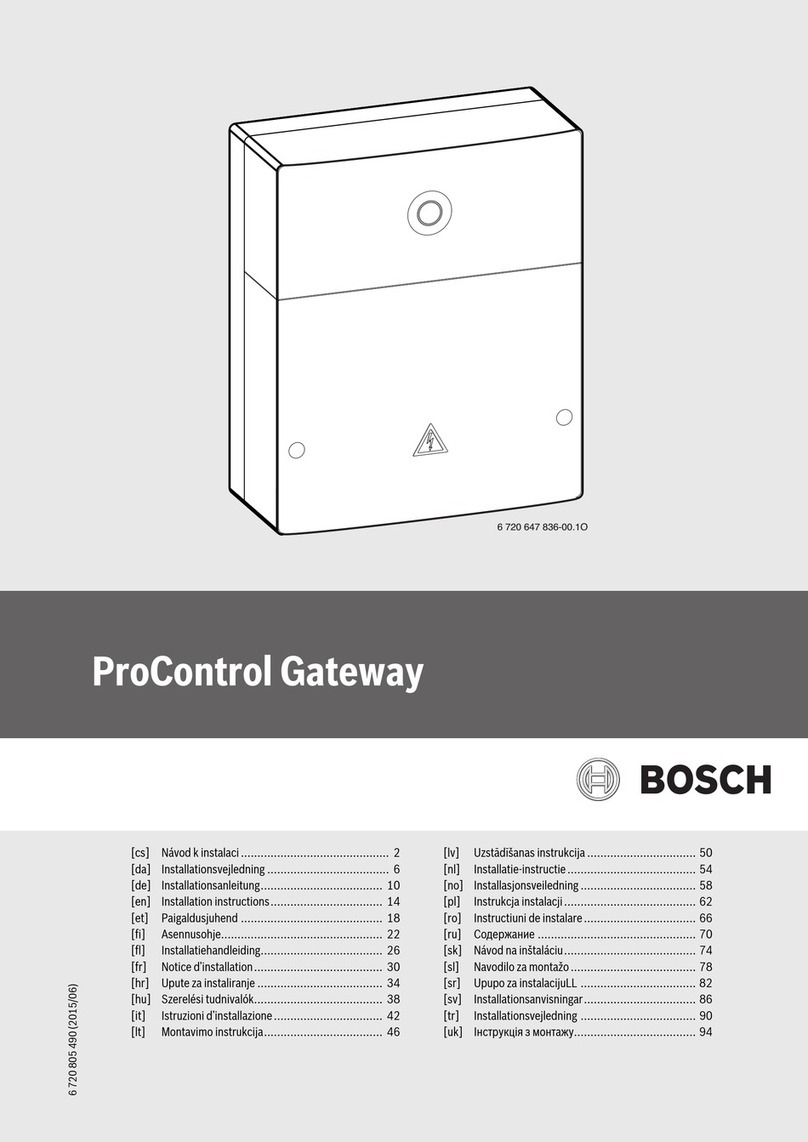
Bosch
Bosch ProControl User manual
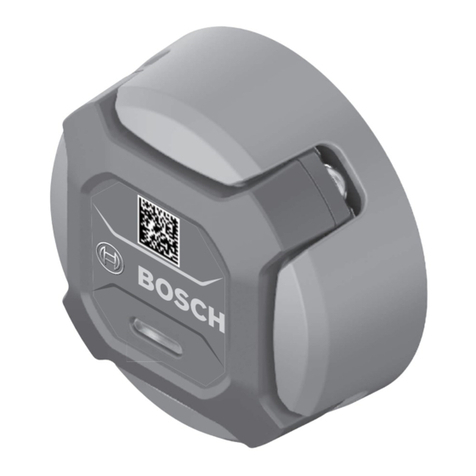
Bosch
Bosch GCY 30-5 T Assembly instructions

Bosch
Bosch Rexroth DB 5X XC Series User manual

Bosch
Bosch Rexroth NYCe 4000 User manual
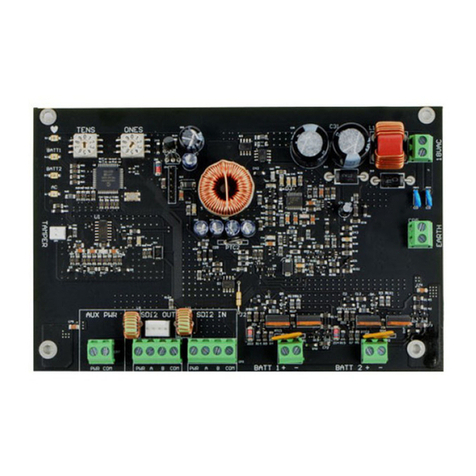
Bosch
Bosch B520 Operating and maintenance instructions
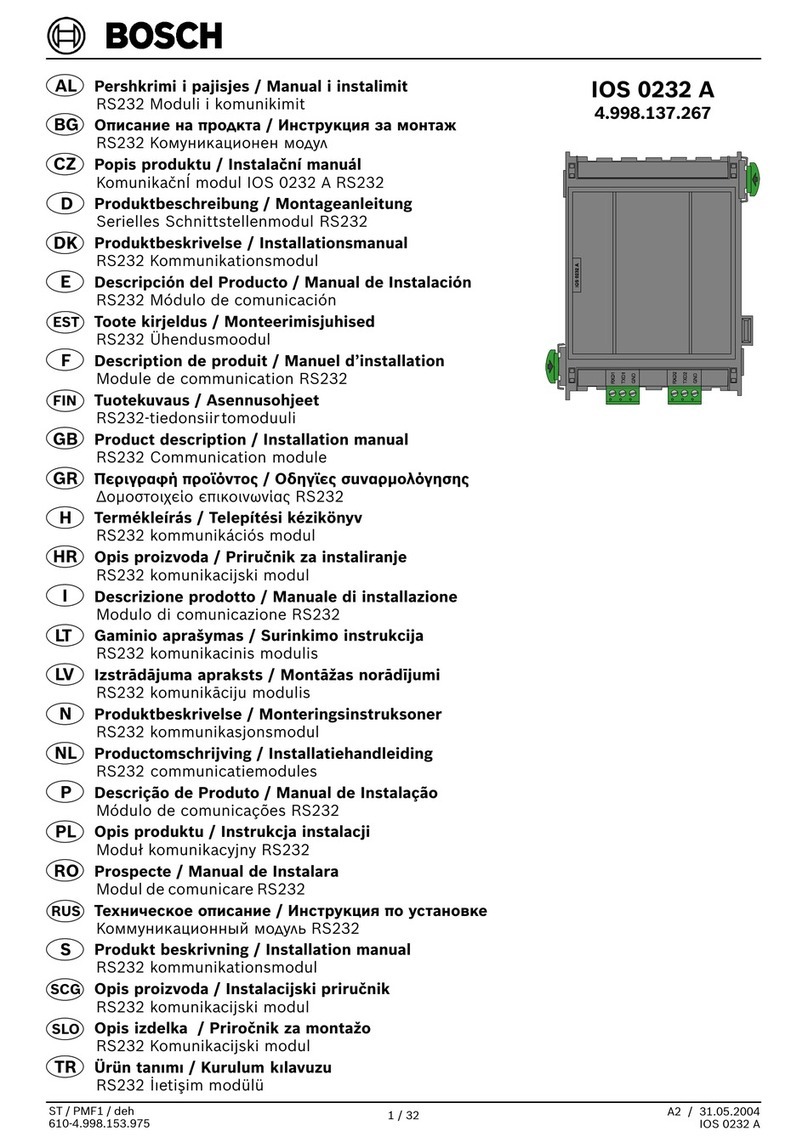
Bosch
Bosch IOS 0232 A User manual

Bosch
Bosch KTS Truck User manual

Bosch
Bosch AMC2 4W-EXT User manual
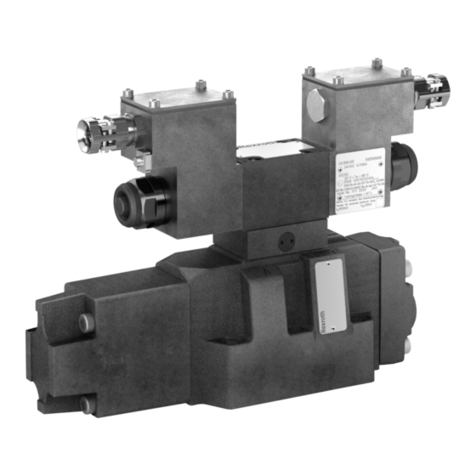
Bosch
Bosch REXROTH 4WRZ 7X/XE Series User manual
Popular Control Unit manuals by other brands

Metal Work
Metal Work Safe Air 70 series operating instructions
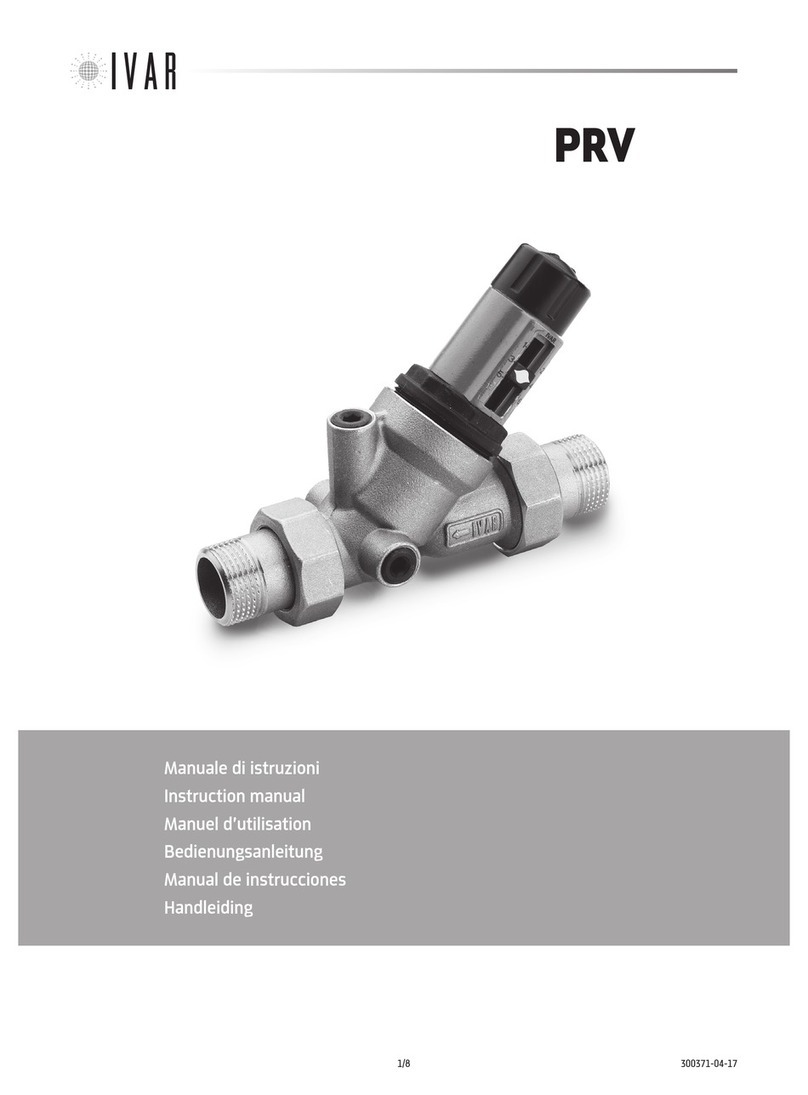
IVAR
IVAR PRV instruction manual
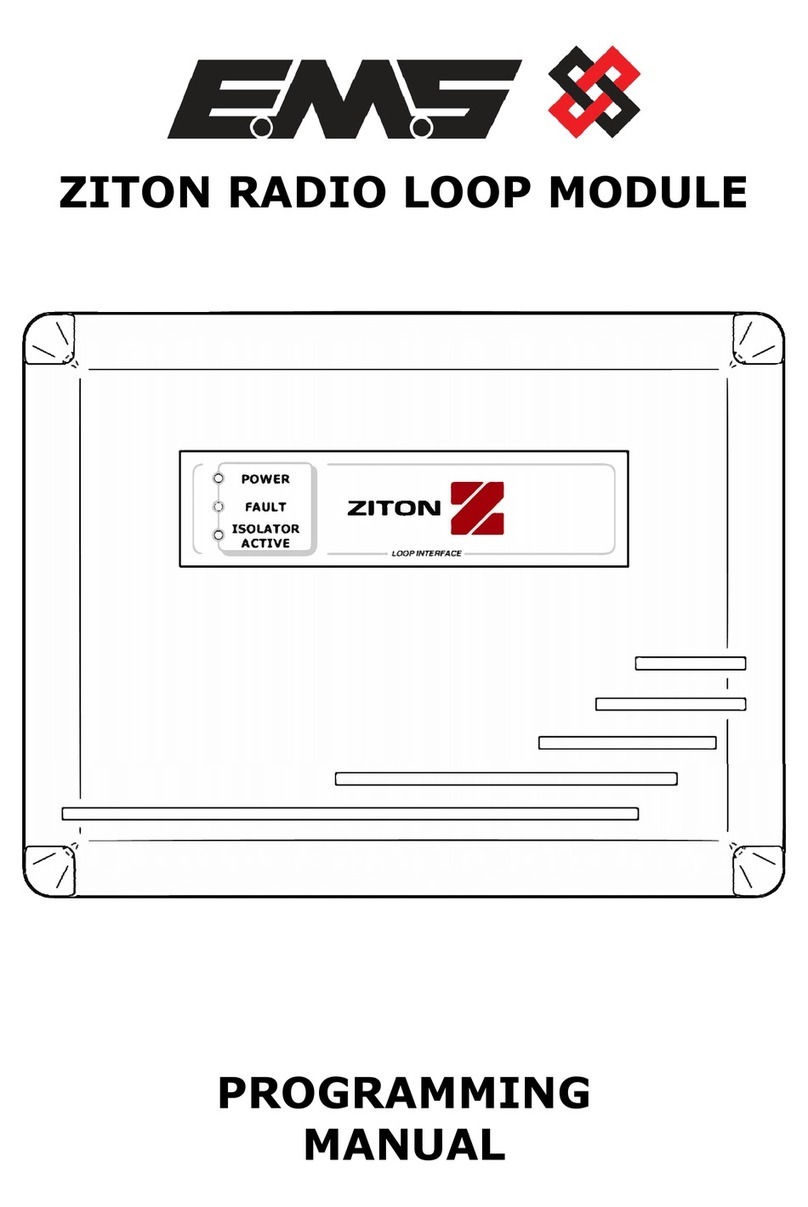
EMS
EMS ZITON RADIO LOOP MODULE Programming manual
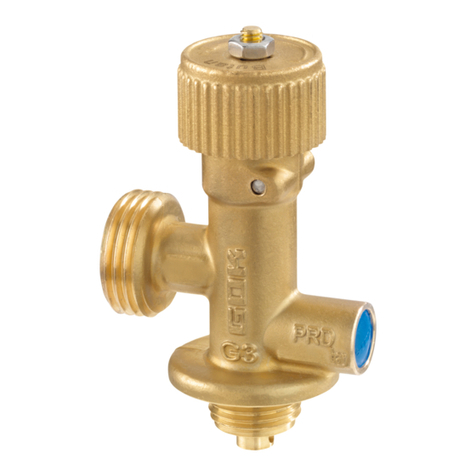
GOK
GOK CGV Assembly and operating instructions
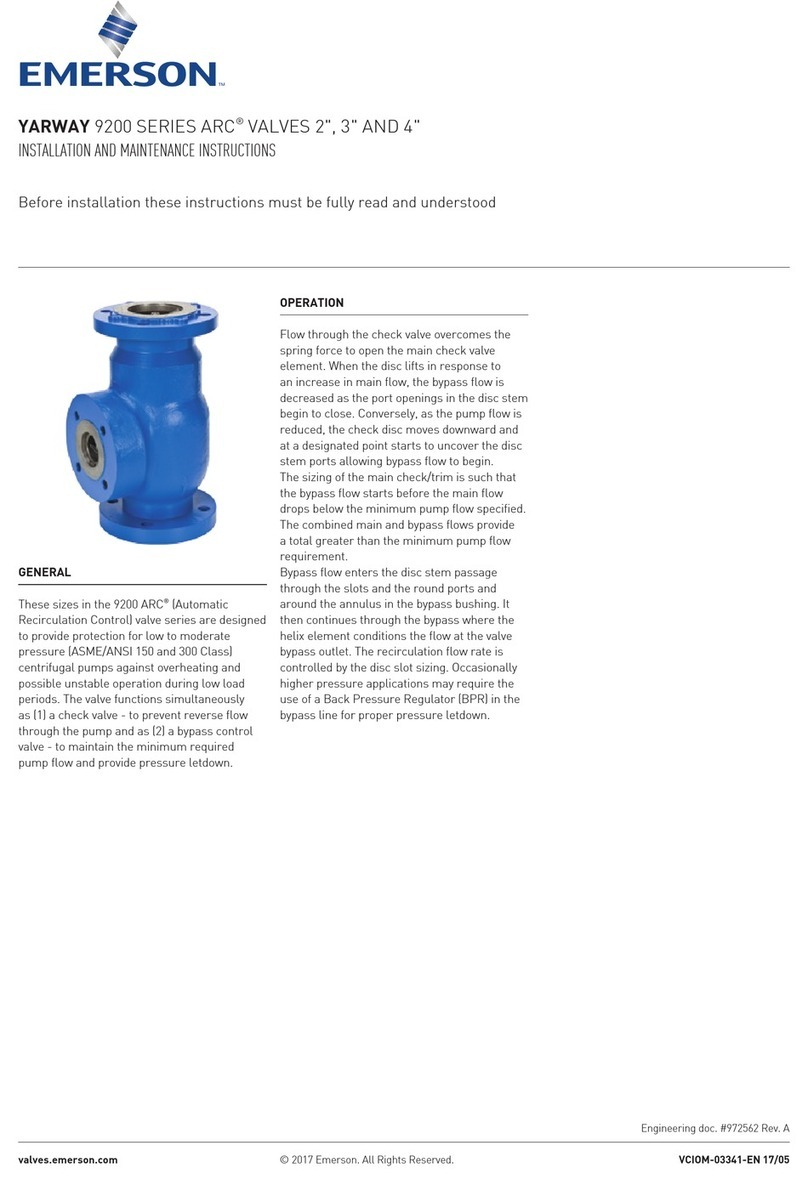
Emerson
Emerson Yarway 9200 Series Installation and maintenance instructions

Trane
Trane TCONT850 installation guide
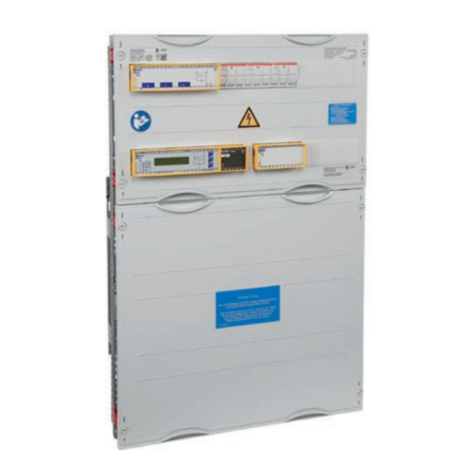
Bender
Bender MEDICS UMC710D4-HA Series manual
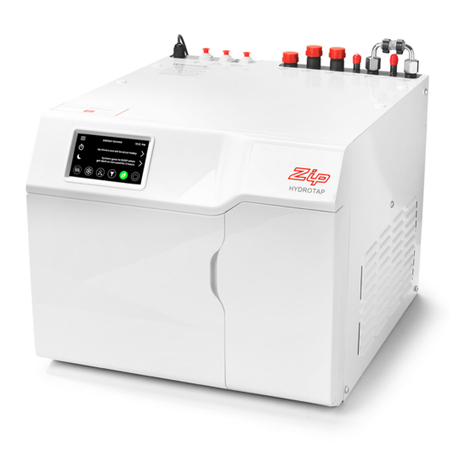
Zip
Zip HydroTap G5 Touch-Free Wave Quick start installation guide

Mitsubishi Electric
Mitsubishi Electric AJ65BT-D62 user manual
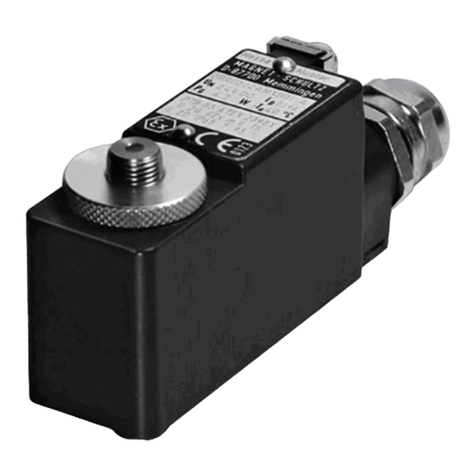
MAGNET-SCHULTZ
MAGNET-SCHULTZ GBRE 022 AMX E02 operating manual
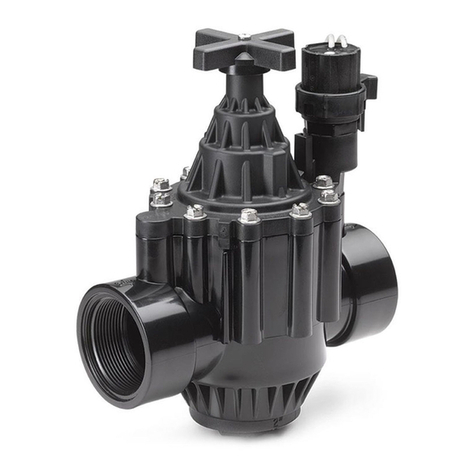
Rain Bird
Rain Bird PGA Installation & operating instructions

Task Force Tips
Task Force Tips Ball Intake Valve INSTRUCTIONS FOR SAFE OPERATION AND MAINTENANCE



